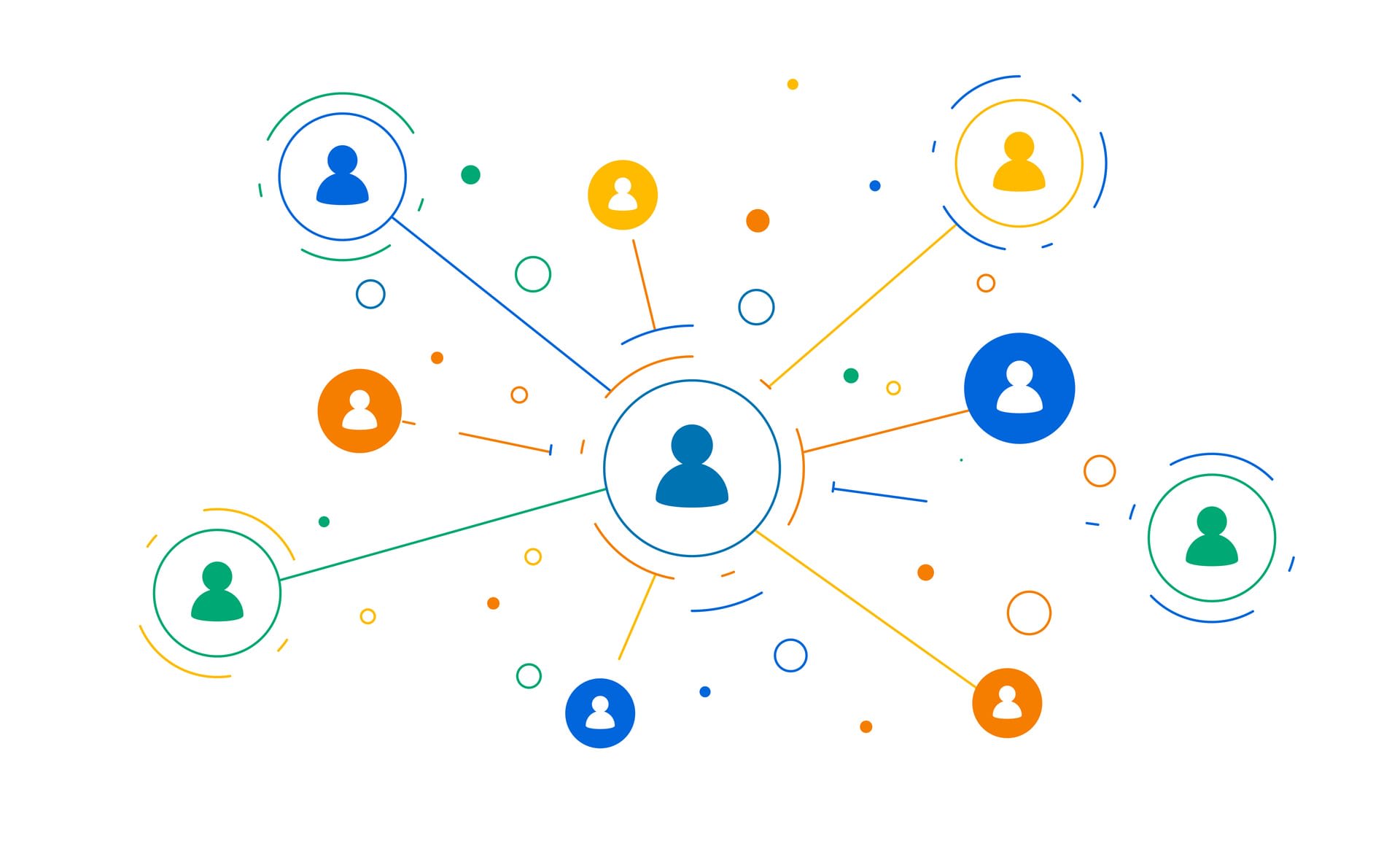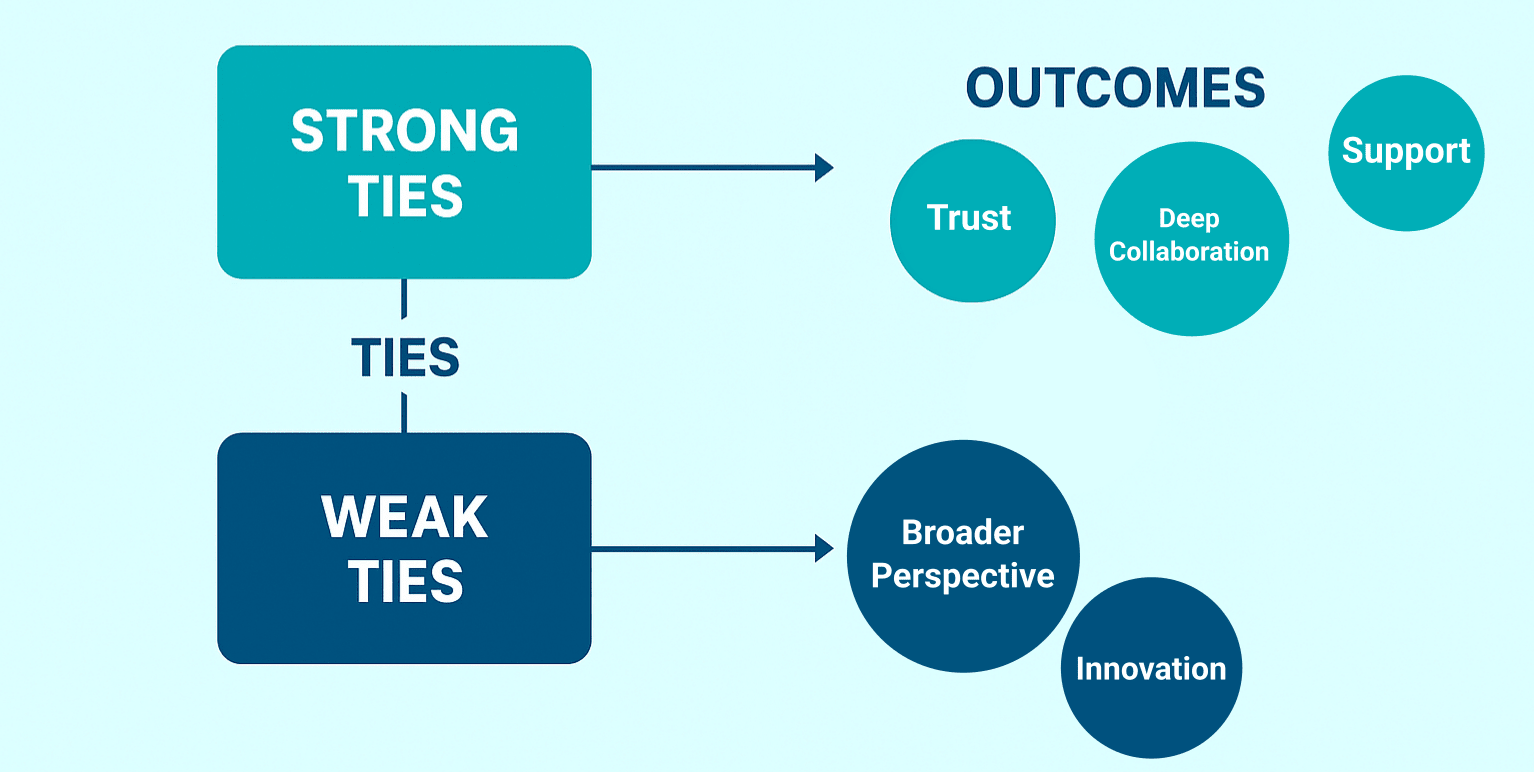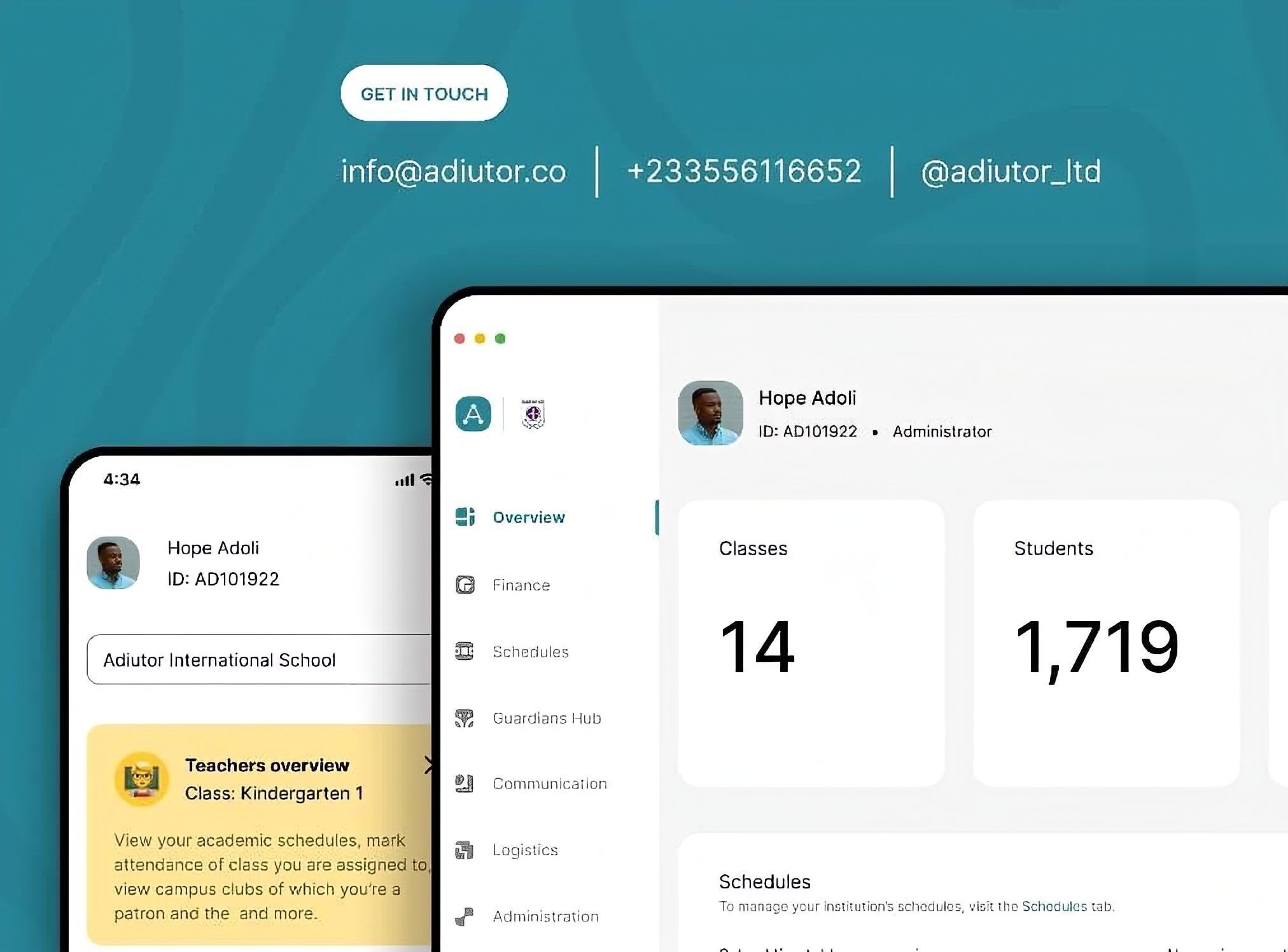Learning Networks in the classroom

In a classroom, a student shares an idea, another questions it, a teacher builds on it, and suddenly, everybody understands the lesson a little bit better than a few minutes ago. All these interactions help construct meaning through dialogue, interpretation, and shared experience. Each exchange is a connection in a larger web of learning relationships. This brings together two important concepts in education and psychology: social constructivism, where people construct knowledge through social interaction, and that these interactions form interconnected systems or networks of learning.
Together, these perspectives allow us to view learning as dynamic and relational. Social Constructivist Network theory highlights that knowledge circulates across networks of learners, each contributing their own understanding.
Mapping Learning Through Networks
In practical terms, a learning network can be thought of as a map of connections between students, teachers, peers, and even digital tools or communities. Each person represents a node, and each interaction forms a link. Some nodes are highly connected, acting as central hubs that influence the flow of knowledge, while others connect only occasionally, contributing in smaller but still meaningful ways. Each of these patterns help educators see not who is learning, who isn't engaged and how learning is distributed across the group.

Strong ties often deepen understanding through repeated, meaningful engagement. Weak ties (those casual or less frequent interactions) introduce new perspectives and unexpected ideas, both of which are essential. A network that has only strong ties means people mostly talk to the same close friends or project teammates who already think alike. Because everyone shares similar ideas and hears the same viewpoints over and over, the group can get stuck repeating the same thoughts. New information or different perspectives rarely enter the conversation, while one filled only with weak ties might lack cohesion. Effective learning environments balance the two.
Educators should look out for a few highly connected students who act as informal leaders. This information becomes a tool for intentional intervention like pairing students strategically, facilitating cross-group projects, or encouraging new connections to ensure equitable participation.
Interaction in Knowledge Construction
During these interactions and engagement in the classroom, learners negotiate meaning, challenge assumptions, and co-create new perspectives. In a discussion on a complex problem, each participant brings their own interpretation, shaped by their prior experiences and the context. Through discussion and reflection, learners negotiate meaning, challenge assumptions, and co-create new perspectives. These differing viewpoints merge, evolve, and ultimately create deeper comprehension than any one individual could achieve alone.
In this view, the educator serves as a guide who designs activities that collaboration and dialogue. This means orchestrating meaningful exchanges that encourage learners to question, explain, and refine their thinking together. Modern learning environments (both physical and online) extend the opportunities for interaction far beyond the classroom walls. Online discussions, peer feedback sessions, and collaborative simulations all exemplify how interaction fuels intellectual growth.

Adiutor
Adiutor means "helper" - we do just that, by taking a load of your school administration and helping you focus on what matters most: the kids.
References
Jiang, J., & Luo, Y. (2019). Research on the application of social constructivism in network teaching. Journal of Modern Educational Technology, 29(1), 45–52. Retrieved from
Anshari, M., Alas, Y., & Guan, L. (2016). Online learning: Social constructivism and social learning theory in information literacy. Education and Information Technologies, 21(6), 1637–1653. Retrieved from
Anderson, T. (2008). The theory and practice of online learning. Athabasca University Press. Retrieved from
Dabbagh, N., & Kitsantas, A. (2012). Personal learning environments, social media, and self-regulated learning: A natural formula for connecting formal and informal learning. The Internet and Higher Education, 15(1), 3–8. Retrieved from
Hrastinski, S. (2009). A theory of online learning as online participation. Computers & Education, 52(1), 78–82. Retrieved from
